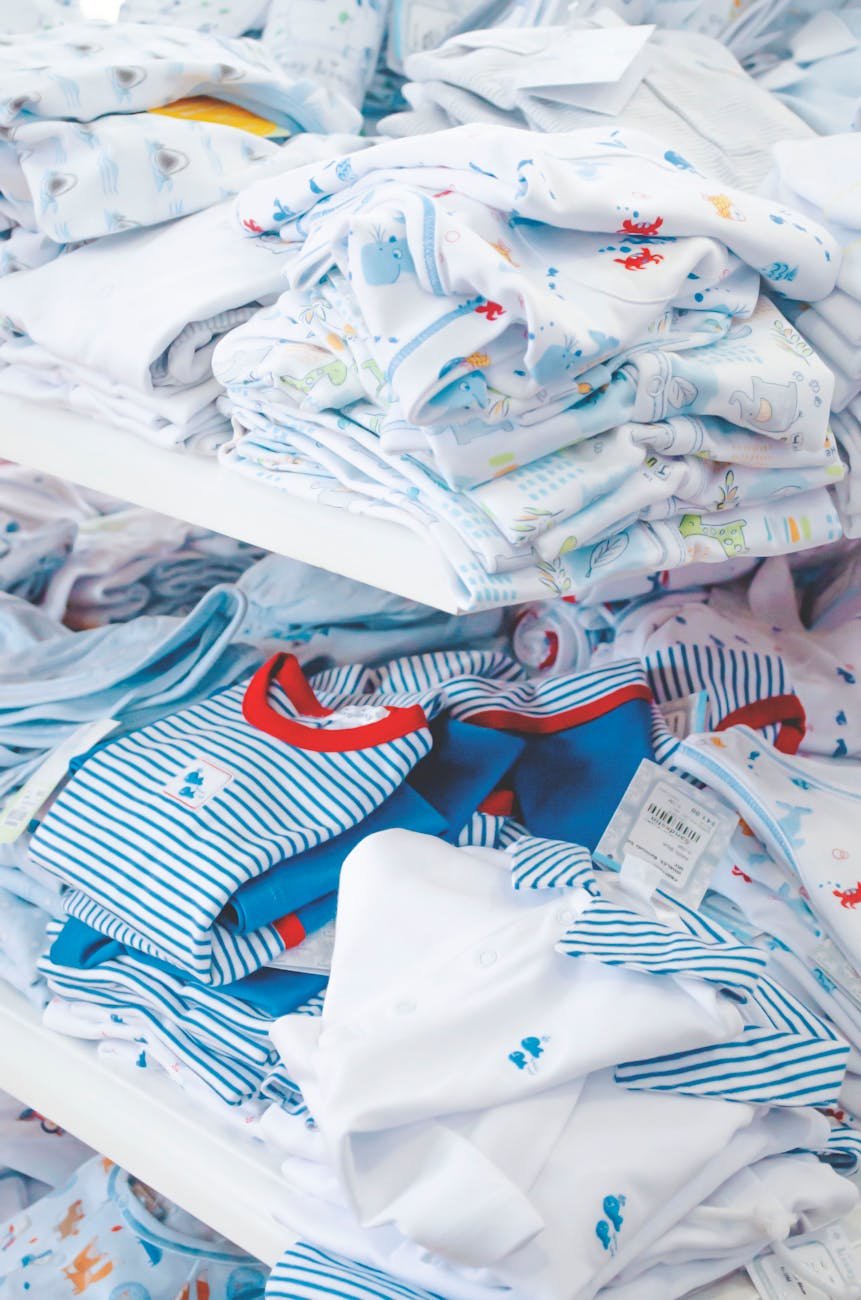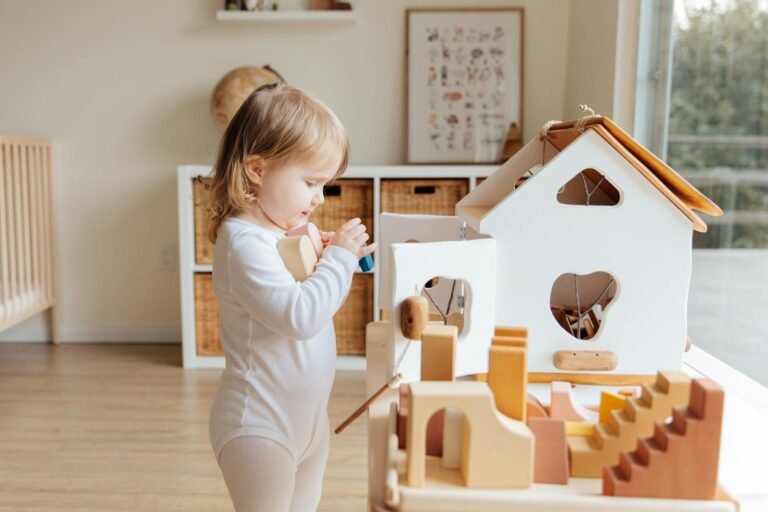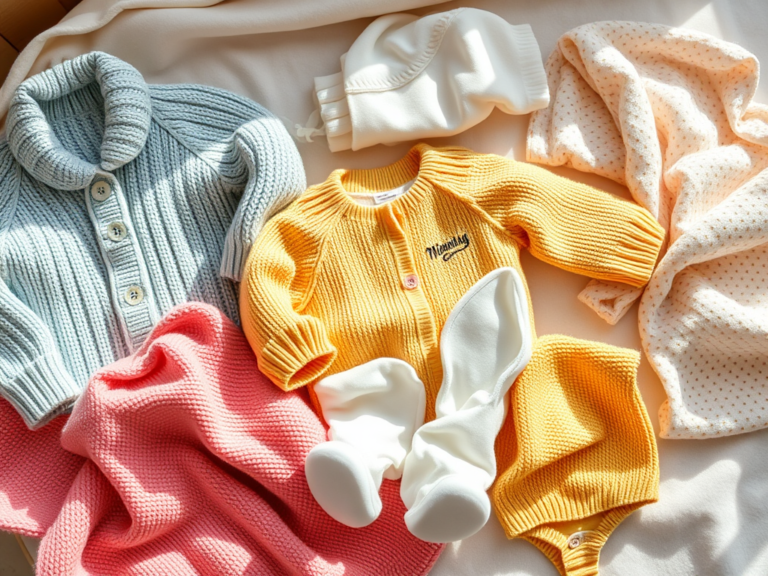If you’ve been eyeing the wholesale infant clothing market, you already know how quickly this industry is expanding. Parents everywhere want top-quality pieces for their babies, and they’re not afraid to shop around for the best deals. As a wholesaler (or an aspiring one), tapping into this demand can open up a world of opportunity for your business. Consider this: the global market for baby apparel has been valued at USD 177.06 billion in 2023 and is expected to grow at a steady clip in the coming years (LeelineApparel). That means plenty of room for you to step in, secure amazing deals, and pass on real value to your retail clients.
In this guide, you’ll discover how to recognize market potential, understand cost structures, prioritize safety and quality, pick the right suppliers, negotiate discounts, and market your baby clothes effectively. Ready to unlock deals on wholesale infant clothing? Let’s dive in together.
Discover the market potential
Entering the booming baby apparel sector is exciting, especially when you see the numbers. Picture this: the global baby apparel market size is projected to reach USD 248,252.2 million by 2030, with a Compound Annual Growth Rate (CAGR) of 4.8% from 2024 to 2030 (Grand View Research). In other words, you’re stepping into a market that consistently grows, fuelled by higher birth rates in regions like Asia Pacific and rising interest in trendy, eco-friendly items.
This growth isn’t limited to just one region, either. North America is also seeing a surge in demand for organic and sustainable babywear (Fortune Business Insights). Parents want more than just cute outfits; they want pieces that align with their values, such as non-toxic fabrics and ethical production methods. That’s where savvy wholesalers shine. By stocking items made with, say, GOTS-certified organic cotton blends, you’re checking all the boxes for discerning parents.
Beyond the big-picture numbers, you can narrow your strategy even further by examining specific categories that are on the rise. For instance, outerwear for babies dominated the global market, accounting for 68.3% of the revenue share in 2023 (Grand View Research). Meanwhile, underwear apparel—think bodysuits and onesies—is expected to be one of the fastest-growing segments. Those data points are worth noting when you plan your product lines and negotiate pricing with suppliers.
Understand the main cost factors
One of your most pressing concerns in wholesale farming is controlling costs. Whenever you stock up on wholesale infant clothing, you’re dealing with four primary cost buckets:
-
Materials
Materials can account for 30–40% of the final retail price, especially if you use quality fabrics such as organic cotton (Leeline Apparel). For instance, you might see retail prices for a standard organic cotton baby onesie landing between $10.50 and $13.00. If you prefer more specialized materials—like bamboo or hemp blends—expect higher upfront costs. -
Labor
Labor costs in the babywear industry vary, typically from $6 to $12 per garment, depending on complexity and region (Leeline Apparel). Skilled labor, such as pattern makers or sample sewers, can earn up to $25 per hour. For more detailed designs, you might end up paying extra, so keep that in mind when you set your wholesale prices. -
Overheads
Beyond raw labor, factories add overhead for supervisors, quality control, and facility upkeep. These overheads can tack on another 20–30% to labor costs (Leeline Apparel). It’s easy to overlook overhead when you’re analyzing a supplier’s quote, so break down the numbers to see where each dime goes. -
Business expenses
Once the goods arrive, you’ll have your own overhead costs, including marketing, website maintenance, transaction fees, professional photoshoots, and shipping logistics. These can add $5 to $6 per item sold if you’re not careful (Leeline Apparel). Think of them collectively to make sure your final profit margin isn’t razor-thin.
Here’s a quick snapshot of an approximate cost breakdown for a single baby garment:
| Cost Element | Typical Share of Total | Example Range per Garment |
|---|---|---|
| Materials (fabric, trims) | 30–40% | $3–$5 |
| Labor | 15–30% | $6–$12 |
| Overhead | 20–30% | $2–$4 (additional) |
| Business Expenses | Flat rate per item | $5–$6 |
| Total Range | – | $16–$27 |
Note that figures can vary widely based on garment complexity, order volume, country of production, and your own overheads. Still, this breakdown should give you a starting point for cost analysis so you can price your wholesale infant clothing competitively.
Focus on safety and quality
When you’re dealing with clothing destined for sensitive newborn skin, quality and safety standards are non-negotiable. Parents demand soft fabrics without harmful chemicals, so the first step is ensuring any items you stock are free of toxic substances. Checking for certified labels (for instance, OEKO-TEX certificates) is an excellent way to guarantee that fabrics meet basic safety requirements (Lady Charm Online).
Beyond fabrics, small details matter. Buttons, snaps, and zippers should be firmly attached, smooth, and safe. Sharp edges or loose fasteners can pose a choking hazard. Always read up on the latest children’s apparel regulations in your region—this can include flammability rules or lead content restrictions for metal parts. Even something as basic as a secure seam can differentiate high-quality from questionable baby clothing, so inspect samples thoroughly.
In addition, pay special attention to organic lines. Sustainable baby clothes are projected to grow 7.6% annually from 2021 to 2026 (LeelineApparel). Stocking organic items is more than a feel-good option; it’s a strategic move. That’s because many parents specifically look for “organic baby clothes wholesale” alternatives to ensure a greener lifestyle for their families. Showcasing high standards in your store or online listing proves you care about public safety—and that can build a loyal client base eager to return for repeat orders.
Select the right suppliers
Finding reliable suppliers is arguably the most critical step in maximizing your profits. Not all wholesale vendors are created equal. You’ll want to weigh key factors like:
- Production capacity and turnaround times
- Shipping reliability and costs
- Country of origin and compliance with local regulations
- Willingness to accommodate special designs or private labels
Some well-known wholesale baby clothes suppliers include HoneyDew (United States), Kiddies World (United Kingdom), and Penguin Kids Wear (PKW Group). They each offer distinct strengths, from fast shipping to customizable designs (Appareify). If you’re stretching for a truly large-scale operation, you might explore global manufacturers such as Appareify, which produces up to 400,000 pieces monthly.
Domestic suppliers may cost more but can provide shorter lead times and easier returns. Overseas suppliers may offer lower base prices but require higher shipping fees. Whichever route you choose, remember to compare quotes from different suppliers to confirm you’re getting the best deal. You can also check out specialized collections if you’d like to expand beyond infant attire. For example, you might explore wholesale toddler clothing if you plan on growing your product line for older kids.
Negotiate for better discounts
Negotiations can be your best friend in the wholesale game. While many suppliers offer discount tiers based on order volume—like 3–10% off for larger orders—sometimes you can push that figure higher if you form a solid partnership (Leeline Apparel). The more consistent your orders, the more leverage you have to request better terms.
Shipping and freight costs can really eat into your margins, so see if you can bundle shipping or negotiate it down as part of your agreement. Some suppliers also run seasonal deals or promotional offers to move inventory more quickly. If you have the storage capacity, buying in bulk during these discounts can be a cost-effective strategy. Just remember to factor in any extra warehousing fees on your end.
Likewise, keep an eye on wholesale baby clothing lots, which can group multiple styles into a single package. Sometimes these bundles come at a lower per-item price. If your audience likes variety, you’ll have a smart way to fill your store or e-commerce listings with fresh designs. Consider something like cheap baby clothes wholesale to appeal to a broader shopper base.
Diversify your product range
Standing out from the competition often hinges on variety. The baby clothing industry isn’t just about basic bodysuits and onesies. Many retailers want a one-stop shop for everything from daily wear to special occasion outfits:
-
Onesies and bodysuits
Basic items that parents buy in multiples. If you want options, check out wholesale baby bodysuits. -
Swimwear and activewear
Warm-weather favorites like wholesale baby swimwear are in constant demand. -
Accessories
This category includes hats, socks, bibs, and other small but essential items. You can find great deals in wholesale baby accessories or wholesale baby hats. -
Seasonal or holiday-themed sets
Whether it’s adorable winter jackets or Halloween costumes (check out wholesale baby costumes), offering thematic collections can boost sales during specific times of the year.
Even if you choose to start small, plan ahead for product line expansion. Trendy collections, like gender-neutral designs, can attract more adventurous retailers. Meanwhile, classic staples—think plain cotton hoodies—remain hot sellers year-round. By focusing on a balanced mix of daily wear, fancy outfits, and seasonal gear, you’ll capture a wider set of customers.
Promote your infant clothing effectively
It doesn’t matter how great your inventory is if no one knows about it. That’s why good marketing can make or break your business. Since over 70% of e-commerce traffic now comes from mobile devices, optimizing your site for smartphones is a must (LeelineApparel). Image-heavy responsive themes combined with fast loading times can help you rank well on search engines and keep parents on your page longer.
Social media and influencer marketing can also solidify brand awareness. Try partnering with mommy bloggers on Instagram or YouTube. They can showcase your product to a highly targeted audience, offering genuine reviews and real-life demonstrations. And don’t forget about email marketing. A friendly, periodic newsletter with updates on new arrivals or special bulk discounts can keep your retailers in the loop. When you roll out free shipping promotions, highlight that in your campaigns—79% of online shoppers say free shipping is a decisive factor when making a purchase (LeelineApparel).
Trade shows are equally valuable. Attending baby expos or local parenting fairs can put your line in front of brick-and-mortar store owners who prefer to see and feel clothing samples. Build relationships by offering on-site deals, then follow up with personalized calls or emails. This personal touch can convince on-the-fence buyers that you’re serious about quality and service.
Seize your growth opportunities
As you map out your path in the wholesale infant clothing market, remember that the potential is huge if you do your homework. Keep a close eye on major trends, such as demand for organic fabrics and safe design features. Align with dependable suppliers, negotiate discounts that boost your margins, and offer a varied selection of items to capture all sorts of retail crazes.
At the end of the day, nurturing solid relationships with your suppliers (and helping your retailers do the same) builds trust and repeat business. Consider progressive additions to your lineup, like wholesale baby pajamas when you notice a spike in demand for cozy sleepwear. Or maybe you want to expand your brand with wholesale baby blankets to round out a bedtime collection. Each step you take toward a broader inventory can set you up for continued success.
Above all, remember you have plenty of room to grow. The baby apparel market continues to prove itself as a global powerhouse. By embracing the best practices—focusing on safety, top-tier quality, smart marketing, and supplier loyalty—you’re well on your way to lasting profitability. Don’t be afraid to experiment with new products or refine your strategies. That openness to fresh ideas will help your wholesale infant clothing business stand out from the crowd, ensuring parents and retailers alike look to you for their baby wardrobe needs.




